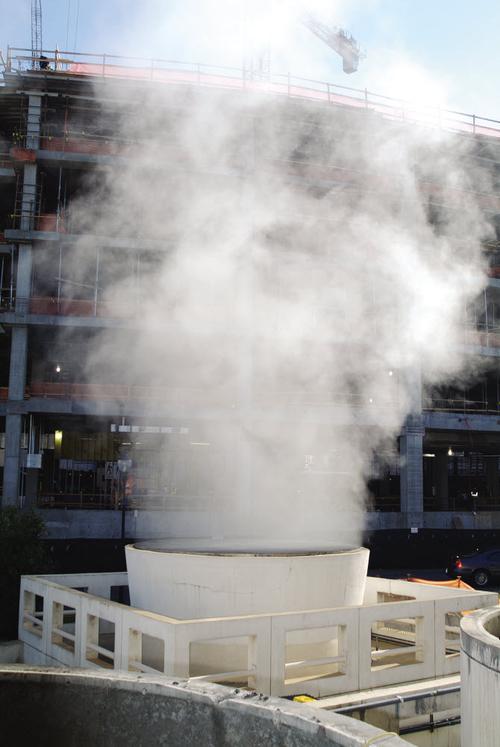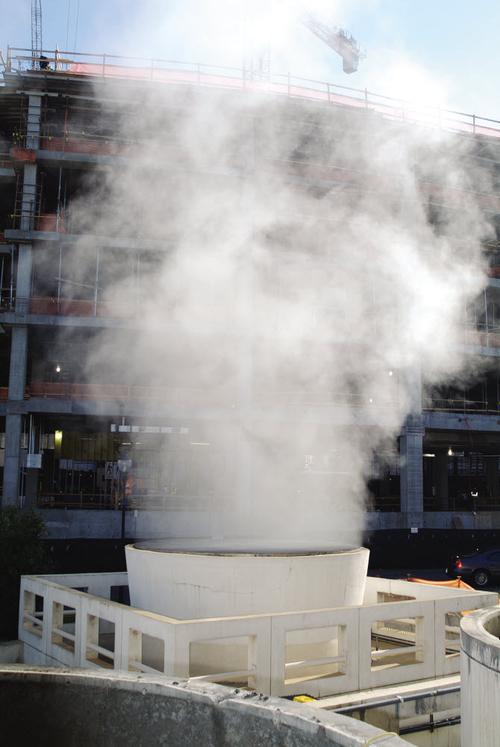Permanent Magnet Technology Creates System Energy Savings
November 21, 2011

At a time when energy efficiency is of utmost importance, recent developments in motor technology have changed the playing field within cooling tower HVAC systems. This new technology -- a permanent magnet (PM), laminated frame, direct drive motor -- allows for the removal of all the mechanical components such as gearboxes, drive shafts, disc couplings, and existing motors. By removing these mechanical components, you also remove their mechanical energy losses, thereby decreasing overall system energy demands. Additionally, you achieve higher motor efficiency gains with the PM technology over standard induction motor efficiencies found in old systems.

To fully appreciate the benefits of this technology, it's important to understand cooling tower application. There are typically two types of cooling towers: cross flow towers and counter flow towers. These are defined by the direction of air passed over the wastewater.
A cooling tower is a structure that extracts waste heat from a process and distributes it to the atmosphere. The most common method is to let heated water fall through a moving airstream created by a fan located at the top of the tower. This evaporation takes a large amount of heat from the process. The heated water is distributed over a fill material, which increases the surface area the water travels on and the cycle time within the tower. The water is cooled as it descends through the fill. The cooled water is then collected in a cold water basin below the fill, from which it is pumped back through the process to absorb more heat.

Commonly, the size of a tower is identified by the diameter of the fan. Fan sizes range from 6ft to 40ft, with the most common applications in the 10ft to 26ft range. The fan speed is typically limited by industry standards for stressing, which are typically rated as a max fan tip speed of 12,000ft per min. This max tip speed generates a fan speed in the range of 147rpm to 382rpm. The most common solution for driving the fan in current cooling tower designs utilizes a standard National Electrical Manufacturers Association induction motor, driveshaft, disc couplings, and gearbox arrangement.
Cooling tower applications follow fan affinity laws, which state that horsepower (hp) varies by the cube of the fan speed. To put this in perspective, if we had an application requiring a 40hp load at full speed, but were able to reduce the speed 50 percent due to lower heat load requirements, the application need would only be 5hp, or only 12.5 percent of rated full load requirements. This reflects a great reduction of energy consumption.
The use of variable frequency drives (VFDs) on new construction has become much more commonplace in recent years due to the energy savings associated with these fan affinity laws. Additionally, most upgraded or refurbished towers are also being equipped with VFDs. These drives have the advantage of a soft mechanical start, which means there is no large starting current draw, plus they enable the fan to run at any desired speed, from zero to the maximum design speed for the application. The energy savings realized by using a VFD are well recognized and documented, and in case study evaluations can be shown to achieve 37 percent to 47 percent in energy saving as compared to applications without VFDs.
About the Author(s)
You May Also Like





